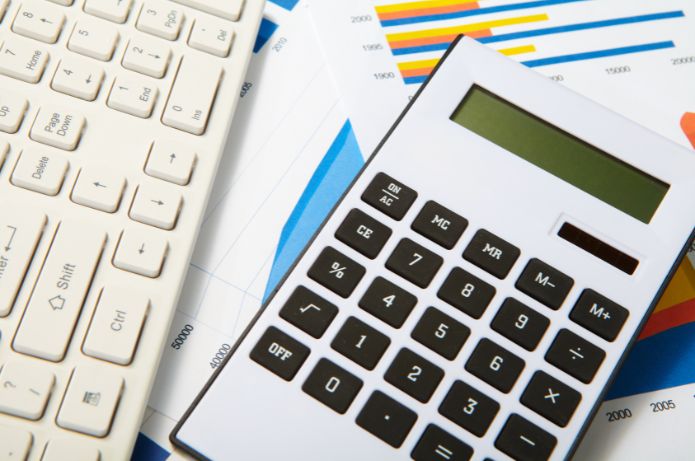The Brazilian edition of the2024 online retail report, developed globally by FTI Consulting on trends in e-commerce, highlights that Brazilian e-commerce has great potential for expansion
Although the peak of online sales occurred during the 2020 pandemic, with a 30% increase, the sector continued to grow at a faster pace than offline retail since 2019. However, the increase in household debt, that reached 48% of the annual yield, impacted the growth of online and physical retail in recent years
Despite these challenges, the e-commerce market in Brazil remains promising, currently accounting for 9% of total retail sales. This number, although expressive, is still below more mature markets, like the United States, China and European countries, besides Latin American neighbors, like Mexico (14%) and Chile (11%). This demonstrates the considerable space for expansion as more consumers prefer online shopping
One of the main factors driving this growth is the use of smartphones as the preferred means of online shopping in Brazil. In 2023, 55% of online purchases were made through smartphones, consolidating this device as an essential tool for e-commerce
Companies like Magazine Luiza, that expanded its distribution network to 22 centers and 206 cross-docking units, show how major players are investing in logistics to meet this growing demand. Furthermore, the Free Market, that operates with 97% of its sellers being outsourced, achieved the largest market share (14,2%)
Sectors such as fashion and beauty have recorded significant growth, following the popularity of appliances and technology
Regionally, the Southeast leads in the number of online buyers, favoured by more advanced infrastructure and greater technological familiarity. However, regions such as the North and Northeast have shown great growth potential. The development of public infrastructure and the improvement of economic conditions in these regions can accelerate the adoption of electronic commerce, creating new opportunities for local businesses and key players to expand their operations
Brazilian e-commerce also benefits from a young and increasingly connected population. The class with the lowest incomes, which represents about 13% of online consumers, still has a limited participation, but it is expected that this trend will change as the purchasing power of these people increases and more technological generations become more influential consumers. Currently, 34% of online consumers are aged between 35 and 44 years, what suggests a promising future for the industry
Another factor that strengthens e-commerce in Brazil is the growing use of digital payment solutions. The Pix, created by the Central Bank, it is already the second most used payment method in e-commerce, behind only credit and debit cards. In addition to increasing financial inclusion, allowing more consumers to participate in digital commerce, Pix has proven to be an attractive alternative for those who do not have access to credit. According to the Locomotiva Institute, 81% of Brazilians have a bank account
It is worth noting that the e-commerce market in Brazil is still quite fragmented compared to markets like the United States, what opens opportunities for mergers and acquisitions that can consolidate the sector in the coming years. Companies like Mercado Livre and Magazine Luiza have been investing in strategic partnerships to stand out. An example is the partnership between Mercado Livre and Disney, that offers Mercado Livre Premium subscribers access to the Disney Plus streaming service
The growth of e-commerce may also be driven by the use of new technologies, how artificial intelligence and logistics automation, optimizing processes and improving the shopping experience. Leading companies are already implementing automation to optimize deliveries and personalize the shopping experience, consolidating e-commerce as an increasingly efficient alternative to traditional retail
With a young and connected population and continuous improvements in logistics and payment infrastructure, Brazil is well positioned for a future of growth in e-commerce, with expansion opportunities in various regions and sectors


